Don’t Let Houseplants Cost You a $2,000 Vet Bill: A Realist’s Guide for Cat Owners
I’ve spent a lot of time in the animal world, from vet clinics to rescue shelters, and I’ve seen more pet emergencies than I can count. The toughest ones are always the preventable ones. The ones that start with something as innocent as a new houseplant and end with a panicked, 3 AM drive to the emergency vet. And honestly, the question I hear more than any other is, “Is this fern safe for my cat?”
In this article
- First Things First: Go Check for Lilies. Right Now.
- Why Some Plants Are Straight-Up Killers for Cats
- The Fern Confusion: The Good, The Bad, and The Impostor
- My Professional “Get This Out of Your House” List
- The Sneaky Danger of Gift Bouquets
- What to Do if You Suspect Poisoning: An Emergency Action Plan
- Creating a Cat-Proof Jungle You Can Both Enjoy
- Galerie d’inspiration
It’s a great question. Ferns have that lush, wild look, and you can just picture your cat batting playfully at the fronds. But the answer isn’t a simple yes or no, and that’s where the danger lies. This confusion is exactly how well-meaning people accidentally put their cats in harm’s way. My goal here isn’t just to hand you a list of ‘good’ and ‘bad’ plants. It’s to show you how to see your home through the eyes of a safety-obsessed pro, so you can have a space that’s both gorgeous and genuinely safe for your furry chaos agent.
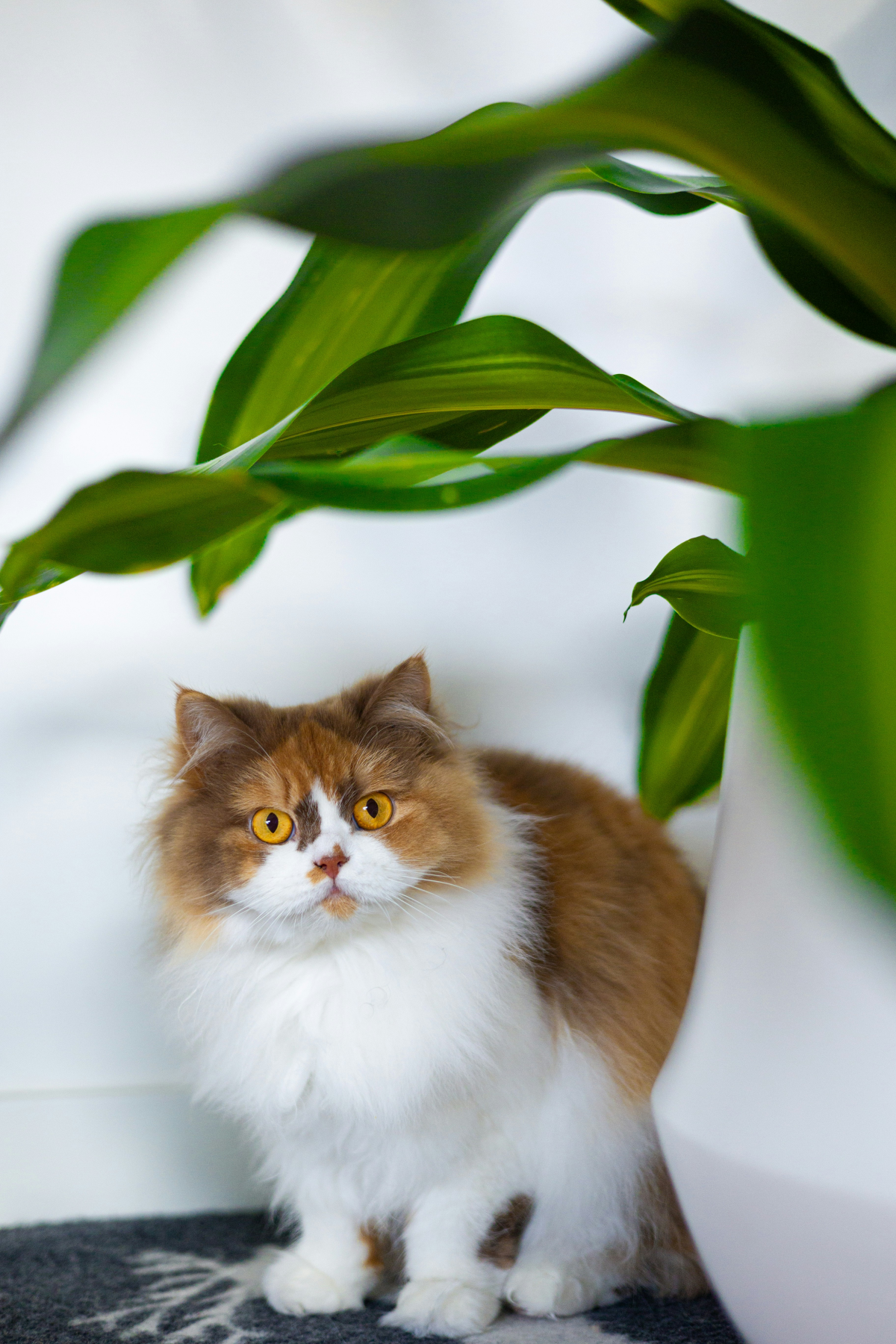
First Things First: Go Check for Lilies. Right Now.
Seriously, stop reading for a second. If you have a bouquet of flowers or any potted lilies in your house, you need to check them. We’ll get into the specifics later, but if you have any true lilies—like Stargazer, Tiger, Easter, or Daylilies—they are so toxic that even a bit of pollen can be a death sentence. Put the cat in a separate room and get the plant out of the house. I’ll wait.
Okay, welcome back. Now let’s talk about why this is so critical.
Why Some Plants Are Straight-Up Killers for Cats
To really protect your cat, you need to understand that plant toxicity isn’t just about a little tummy ache. It’s about specific poisons that attack a cat’s body, and cats are uniquely vulnerable. Their livers don’t have certain enzymes that humans and even dogs have to break down toxins. So, a plant that might give a dog a bad day could cause catastrophic organ failure in a cat.
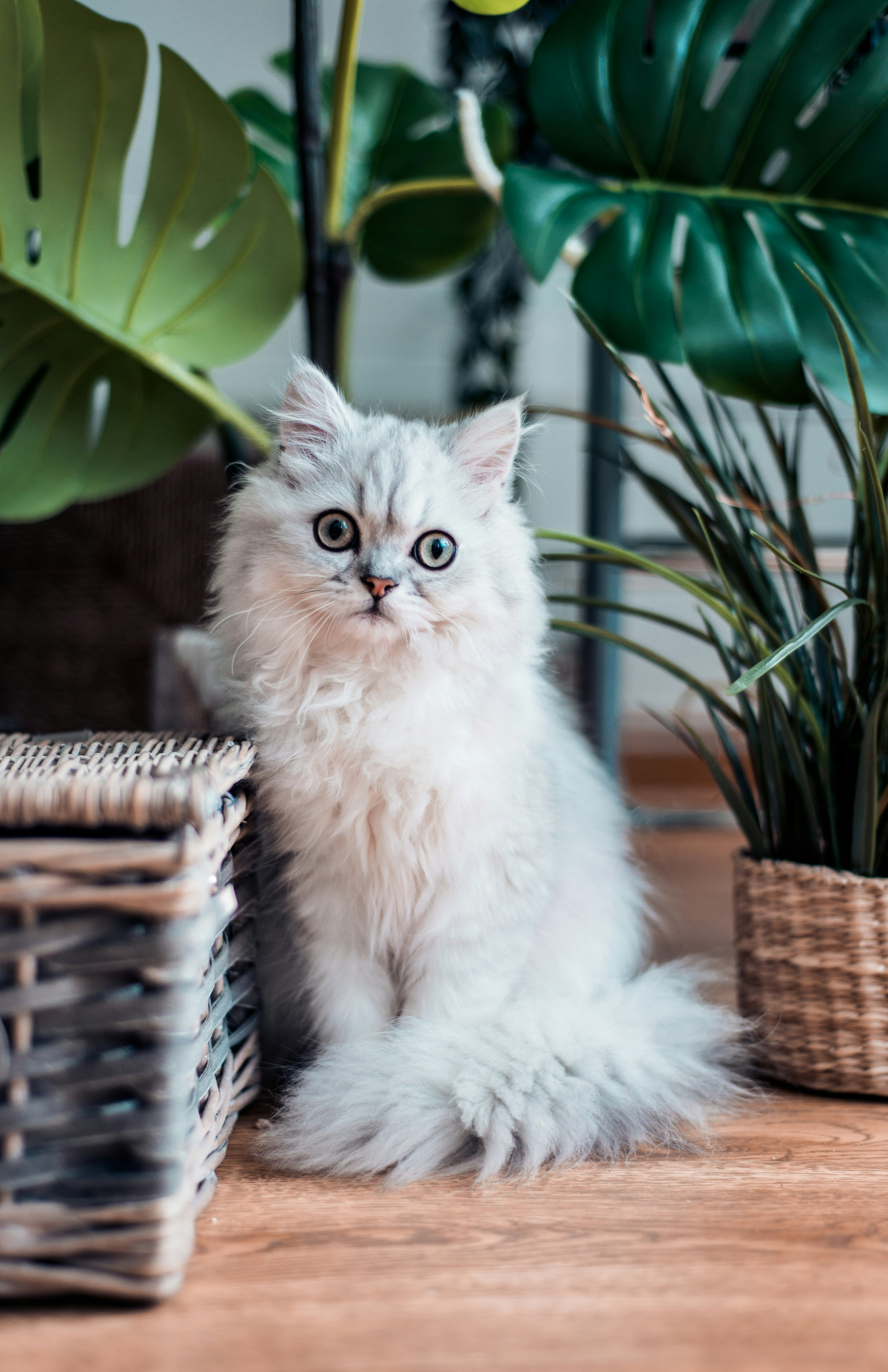
Here’s the breakdown of the bad stuff we see most often:
- Needle-Like Crystals: This is a big one for common houseplants like Pothos, Philodendrons, and Dumb Cane (Dieffenbachia). The plant is packed with microscopic, needle-sharp crystals. When your cat chews a leaf, these tiny daggers embed themselves in their mouth, tongue, and throat. It’s a physical injury, causing intense pain, drooling, and swelling that can even block their airway. It’s truly awful to watch a cat pawing at its face in agony.
- Heart-Stopping Compounds: These are found in plants like Oleander, Foxglove, and Lily of the Valley. The toxins, called cardiac glycosides, directly mess with the heart’s electrical rhythm, causing it to slow down or beat erratically. It can lead to heart failure, fast. This is a five-alarm fire emergency.
- Kidney Destroyers: This is the big one. This is why I had you check for lilies. Plants from the true lily family contain a mysterious but potent toxin that causes rapid, irreversible kidney failure. Ingesting any part of the plant—a leaf, a petal, even licking pollen off their fur or drinking the vase water—is enough. The kidneys just shut down.
- Liver Failure Fuel: The Sago Palm is the poster child for this. It looks like a cute mini-palm tree, but it contains a chemical that is brutally toxic to the liver. All parts are poisonous, but the seeds are the most potent. The prognosis here is grim, even with intensive vet care.
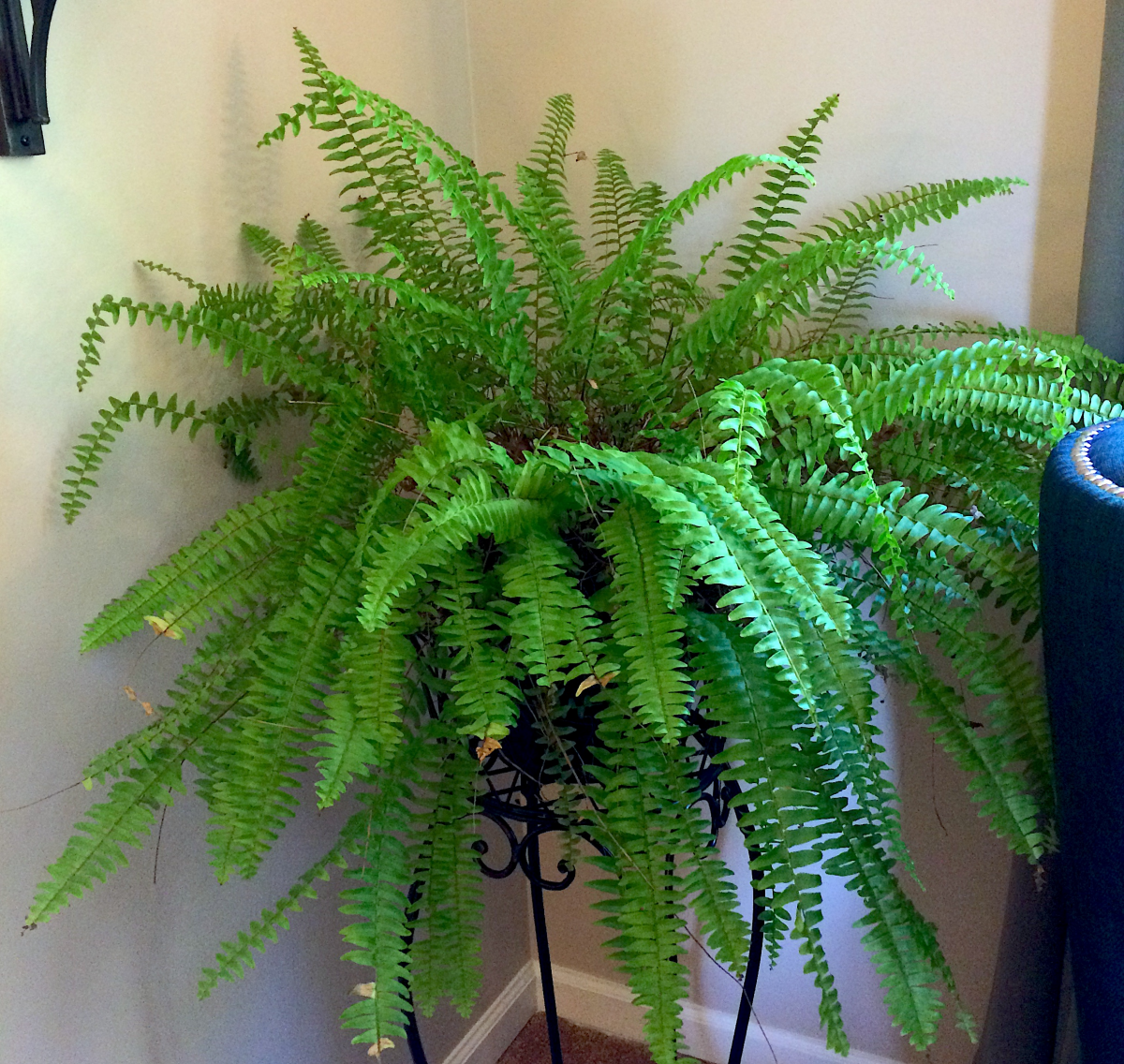
The Fern Confusion: The Good, The Bad, and The Impostor
Alright, back to that original question about ferns. You can breathe a little easier here, because most true ferns are non-toxic to cats. This is fantastic news if you love that classic, feathery vibe.
A few great, cat-safe options include:
- Boston Fern
- Maidenhair Fern
- Bird’s Nest Fern
- Staghorn Fern
I’ve had a Boston Fern in my living room for years, and my cats mostly just ignore it. Quick tip: “non-toxic” doesn’t mean “all-you-can-eat-buffet.” If your cat decides to mow down a whole plant, they’ll probably still get some mild vomiting or diarrhea. The good news is, it won’t cause organ damage.
Here’s the impostor you have to watch out for: The Asparagus Fern.
This plant is the reason for all the confusion. It’s not a fern at all; it’s actually in the lily family. It gets its name from its light, airy foliage that just looks like a fern. This plant is toxic, causing nasty gastrointestinal issues like vomiting and diarrhea if eaten. I once consulted with a frantic owner who had bought an “Assorted Fern” from a big-box hardware store. It turned out to be an Asparagus Fern, and it cost them a $600 vet visit to sort out. This is why knowing exactly what you’re buying is non-negotiable.
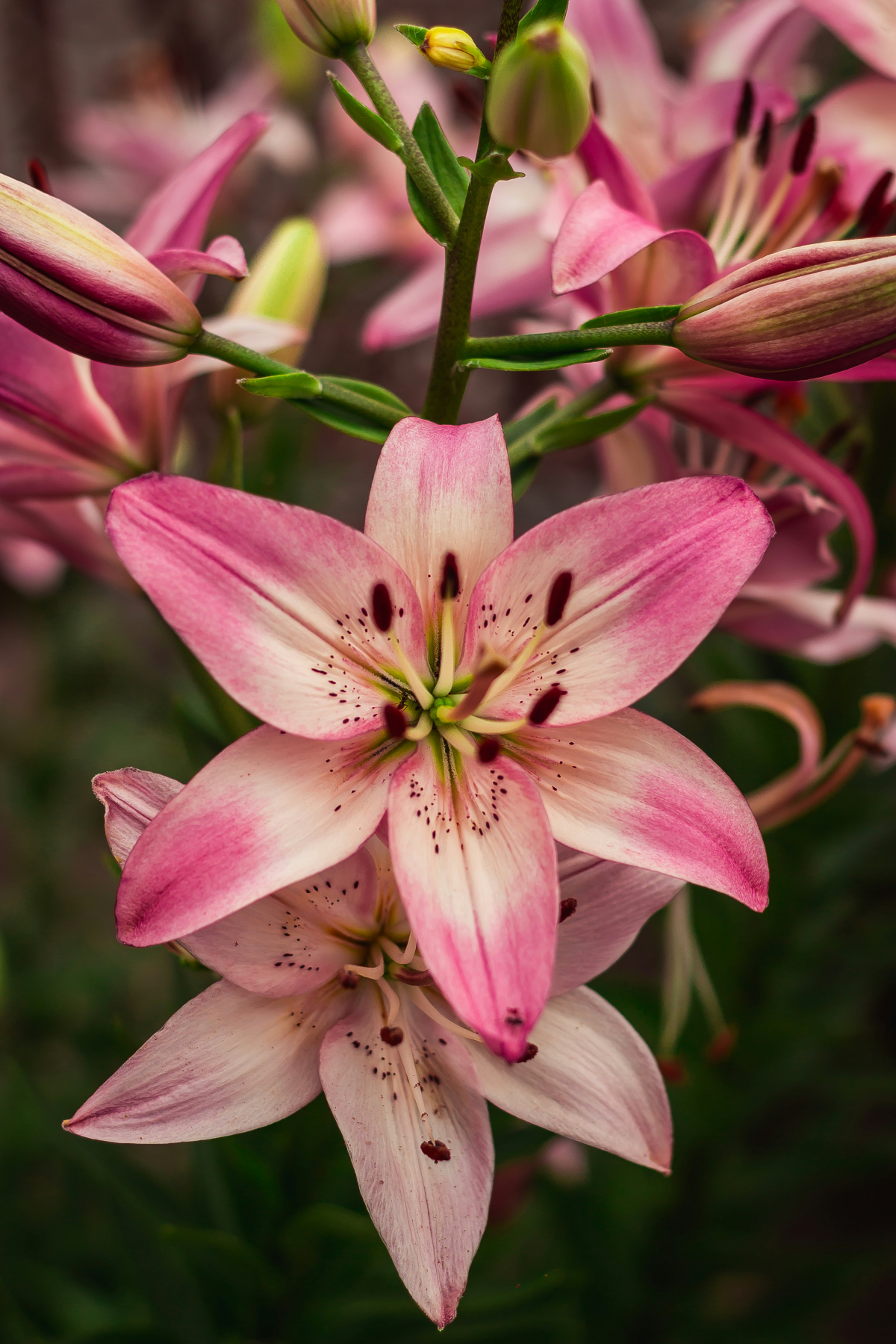
My Professional “Get This Out of Your House” List
Some plants are just too risky. The danger they pose is so severe that no amount of beauty is worth the potential heartbreak. These are the plants I tell every single cat owner to avoid completely.
1. True Lilies (The Absolute Worst Offender)
If you only remember one thing from this whole guide, let it be this: True lilies will kill your cat. There is no safe way to have them in a home with a cat. I’ve personally seen cases where a cat brushed against a flower, groomed the pollen off its fur, and died of kidney failure days later. It’s devastating and 100% preventable. A typical vet bill for lily poisoning can easily run from $2,000 to $4,000 or more for the intensive care required, with no guarantee of survival.
Heads up! It’s easy to get confused. True Lilies (Tiger, Stargazer, Easter, etc.) cause deadly kidney failure. Peace Lilies and Calla Lilies, on the other hand, contain those painful mouth crystals. They’ll cause severe oral pain and drooling but won’t destroy the kidneys. Both are bad, but one is a potential death sentence.
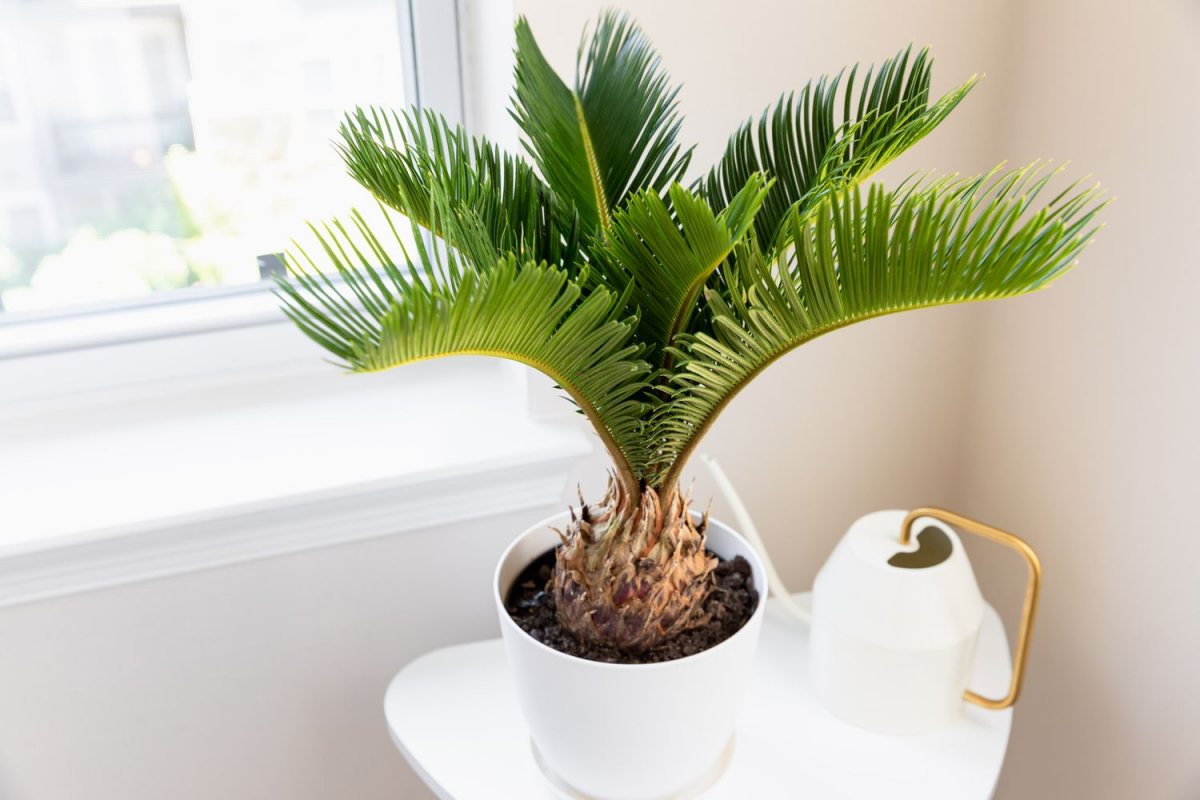
2. Sago Palm (Looks Tropical, Is Actually Deadly)
This plant is super popular for its rugged, miniature palm tree look. But it is not a palm; it’s a cycad, and it is incredibly dangerous. The fatality rate for pets that ingest it is shockingly high. All parts are toxic, but a single seed can be enough to cause complete liver failure.
Money-saving tip: If you love that look, get a Parlor Palm instead! It’s totally safe for cats and gives you the same tropical vibe for about $15-$30, which is a whole lot cheaper than a liver transplant.
3. Oleander, Azaleas & Rhododendrons (Common Yard Dangers)
These are beautiful and very common landscaping shrubs, which makes them a risk for cats who have outdoor access. They contain powerful toxins that can cause vomiting, and in serious cases, a dangerous drop in heart rate and blood pressure. If you have these in your yard, be vigilant about your cat’s outdoor activities.
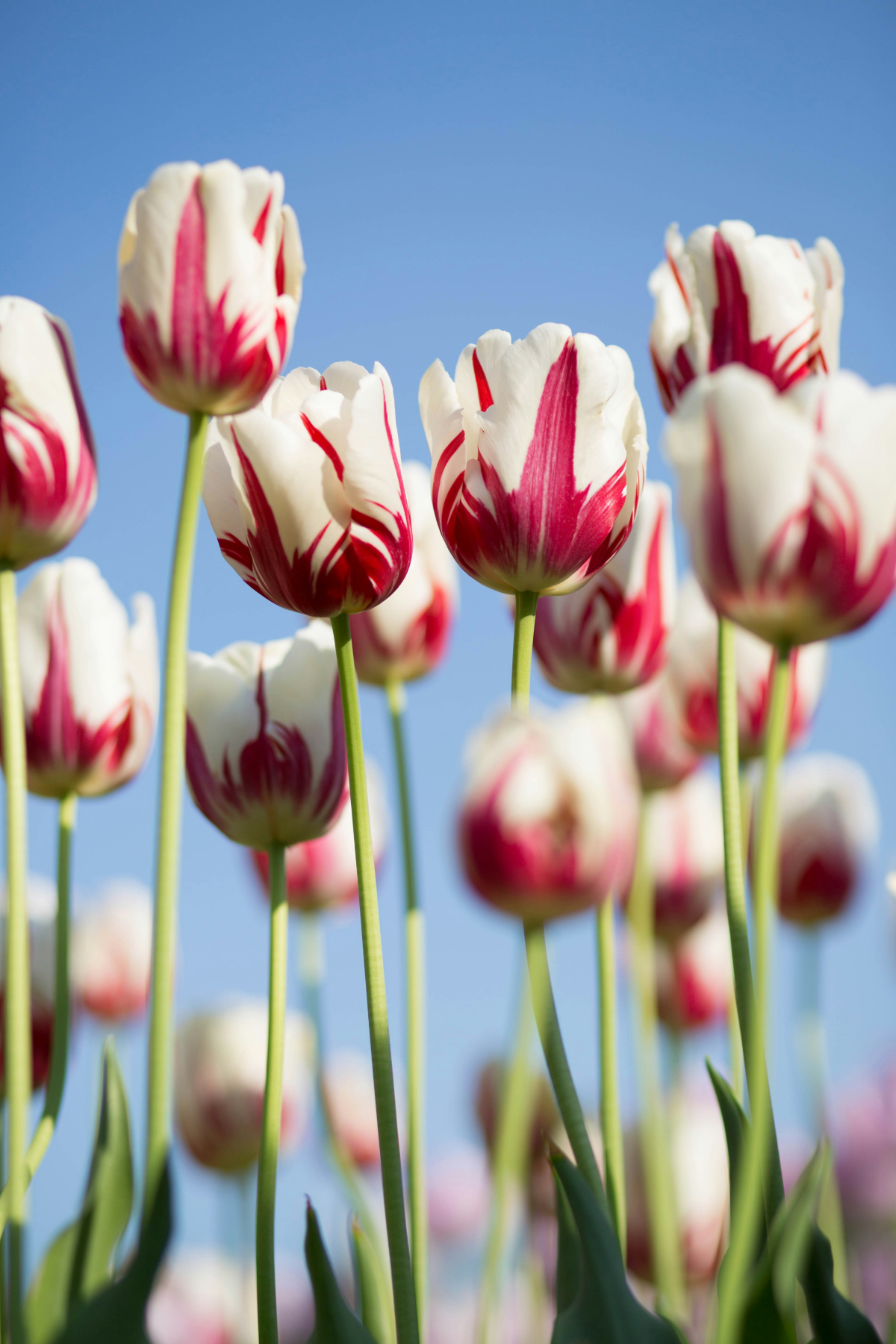
4. Dieffenbachia (Dumb Cane)
This is one of the most common houseplants we see causing problems. It’s not likely to be fatal, but the pain it causes is intense. The name “Dumb Cane” literally comes from the fact that the oral swelling can make it impossible to speak. The main risk, though rare, is the throat swelling so much it blocks your cat’s airway.
The Sneaky Danger of Gift Bouquets
So many emergencies start with a gift. A beautiful bouquet arrives for a birthday or holiday, and you place it on the counter without a second thought. But these arrangements are often loaded with flowers and filler greens that are toxic to cats. Lilies are a common star, but also watch out for Carnations, Tulips, and Chrysanthemums. Even the ‘filler’ like Eucalyptus and Baby’s Breath can cause stomach upset. My rule is simple: if you get a bouquet, immediately identify every single stem in it. If you can’t, it’s not worth the risk. Keep it in a room the cat absolutely cannot access, or better yet, re-gift it to a pet-free friend.
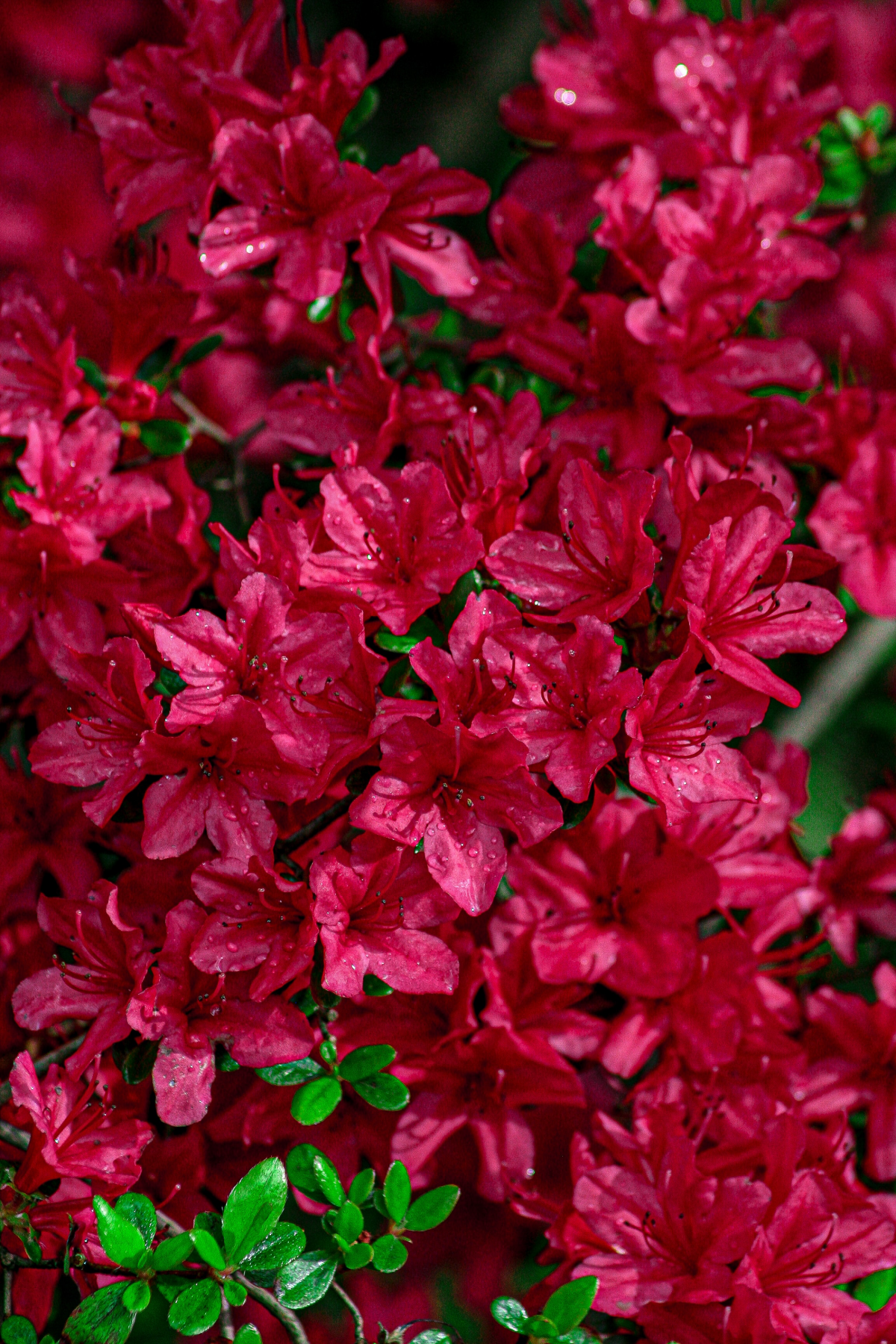
What to Do if You Suspect Poisoning: An Emergency Action Plan
If you think your cat has chewed on a toxic plant, you need to act fast. Don’t panic, just follow the steps.
1. Separate & Isolate: Get your cat away from the plant. Gently wipe out their mouth if you can do it safely and check their fur for any clinging pollen or plant bits. Put them in a secure room.
2. Identify the Plant: This is so important. Snap a clear photo of the plant. If you can, snip a small piece of a leaf or flower and put it in a plastic bag to bring to the vet.
3. Call for Help Immediately: Don’t wait for symptoms. By the time your cat looks sick, the damage is already underway. Call one of these hotlines first:
- ASPCA Animal Poison Control Center: (888) 426-4435
- Pet Poison Helpline: (855) 764-7661
Heads up: These services have a consultation fee, usually between $75 and $95. It is the best money you will ever spend in an emergency. They are staffed 24/7 by veterinary toxicologists who will give you a case number and tell you exactly what to do. They even consult with your emergency vet to create the right treatment plan. It saves precious time.
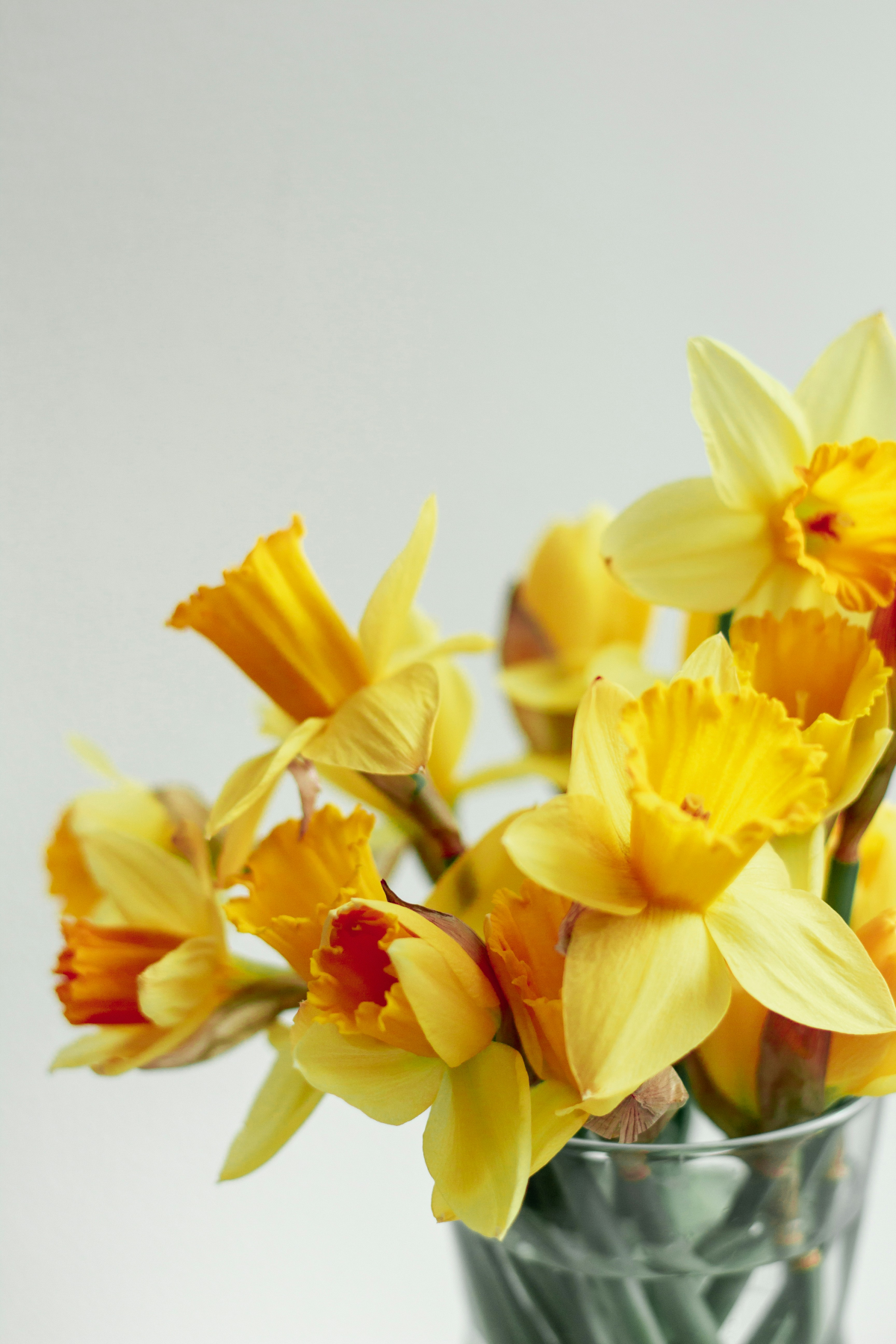
4. DO NOT Induce Vomiting: This is old advice that can do more harm than good. You could cause choking or aspiration pneumonia. Leave it to the pros.
5. Get to the Vet: If poison control tells you to go, go. Don’t hesitate. Bring your plant sample or photo and your case number. Fast action is the key to a good outcome.
Creating a Cat-Proof Jungle You Can Both Enjoy
Prevention is everything. You don’t have to live in a plant-free bubble; you just have to be smart about it.
First, conduct a plant audit. Here’s how:
- Grab your phone and go through your house and yard.
- Use a plant identification app (like PictureThis or PlantNet) to get a name for every single plant. Be aware, these apps aren’t 100% perfect, so treat their answer as a starting point.
- Take the name the app gives you—especially the scientific name—and cross-reference it with the official ASPCA Toxic and Non-Toxic Plant List. This is your gold standard.
- Any plant on the toxic list needs to be re-homed or moved to a place your cat has zero access to.
Then, shop for safe alternatives! There are tons of gorgeous, cat-safe plants out there. Some of my go-to recommendations are Spider Plants (around $15), Calathea varieties (like the beautiful Rattlesnake Plant), Haworthia succulents, and the classic Money Tree. They give you all the green with none of the grief.
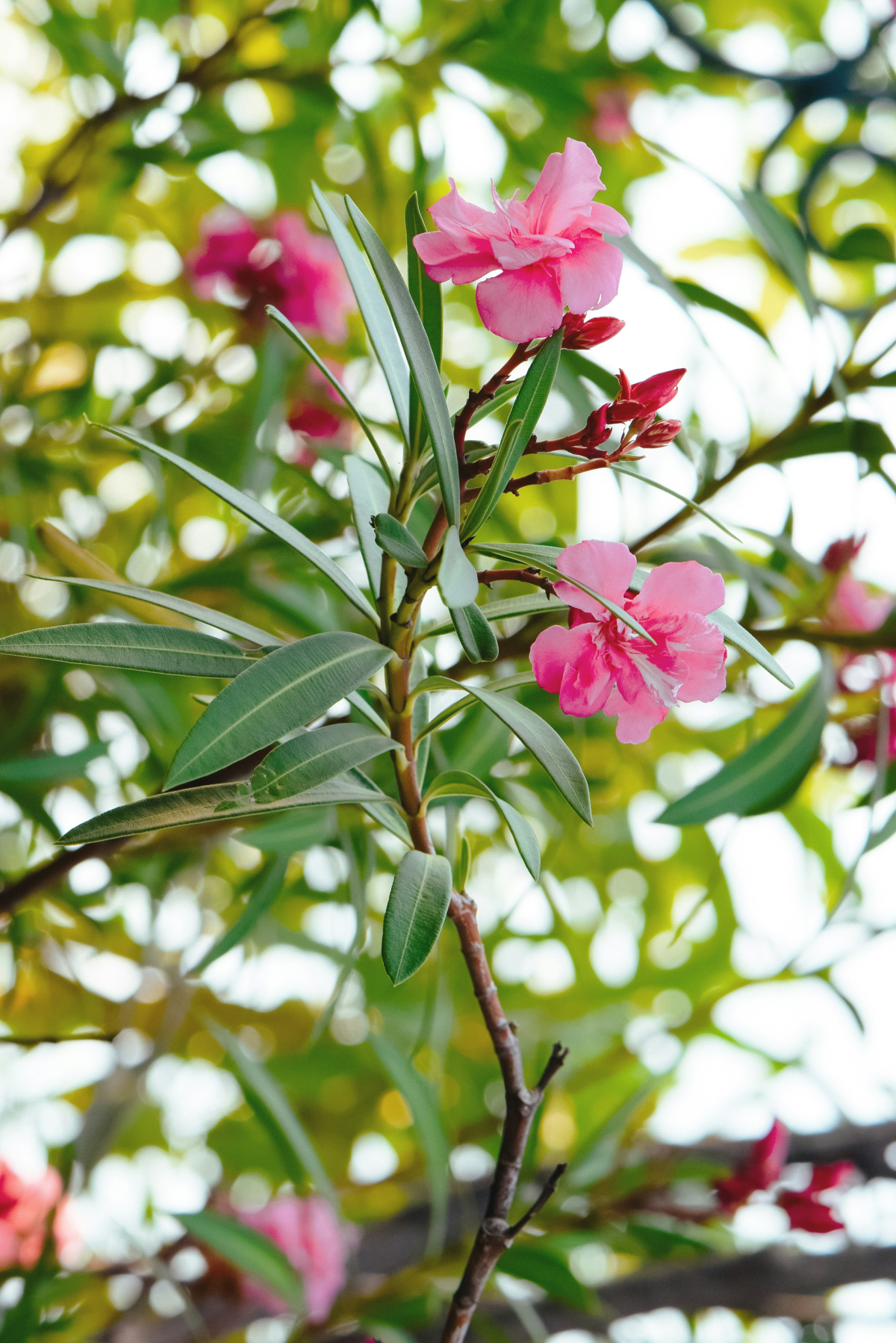
Oh yeah, one more thing: Even safe plants can become dangerous if they’re treated with systemic pesticides or fertilizers. Always check the labels on your plant care products to make sure they’re pet-safe, or use organic options. A safe plant sprayed with poison is, well, a poisoned plant.
By being diligent and making informed choices, you can absolutely create a beautiful home where both your plants and your cat can thrive. It just takes a little extra knowledge and care, and they’re worth every bit of it.
Galerie d’inspiration


My cat might have nibbled a plant. What should I look for?
Beyond the obvious vomiting, signs of toxicity can be subtle. Watch your cat’s behavior closely. Is there excessive drooling or pawing at the mouth? This could indicate pain from oxalate crystals. Other critical signs include:
- Unusual lethargy or hiding
- Loss of appetite or difficulty swallowing
- Trouble breathing or changes in heart rate
- Stumbling or seizures
If you see any of these, contact your vet or the ASPCA Animal Poison Control Center immediately.
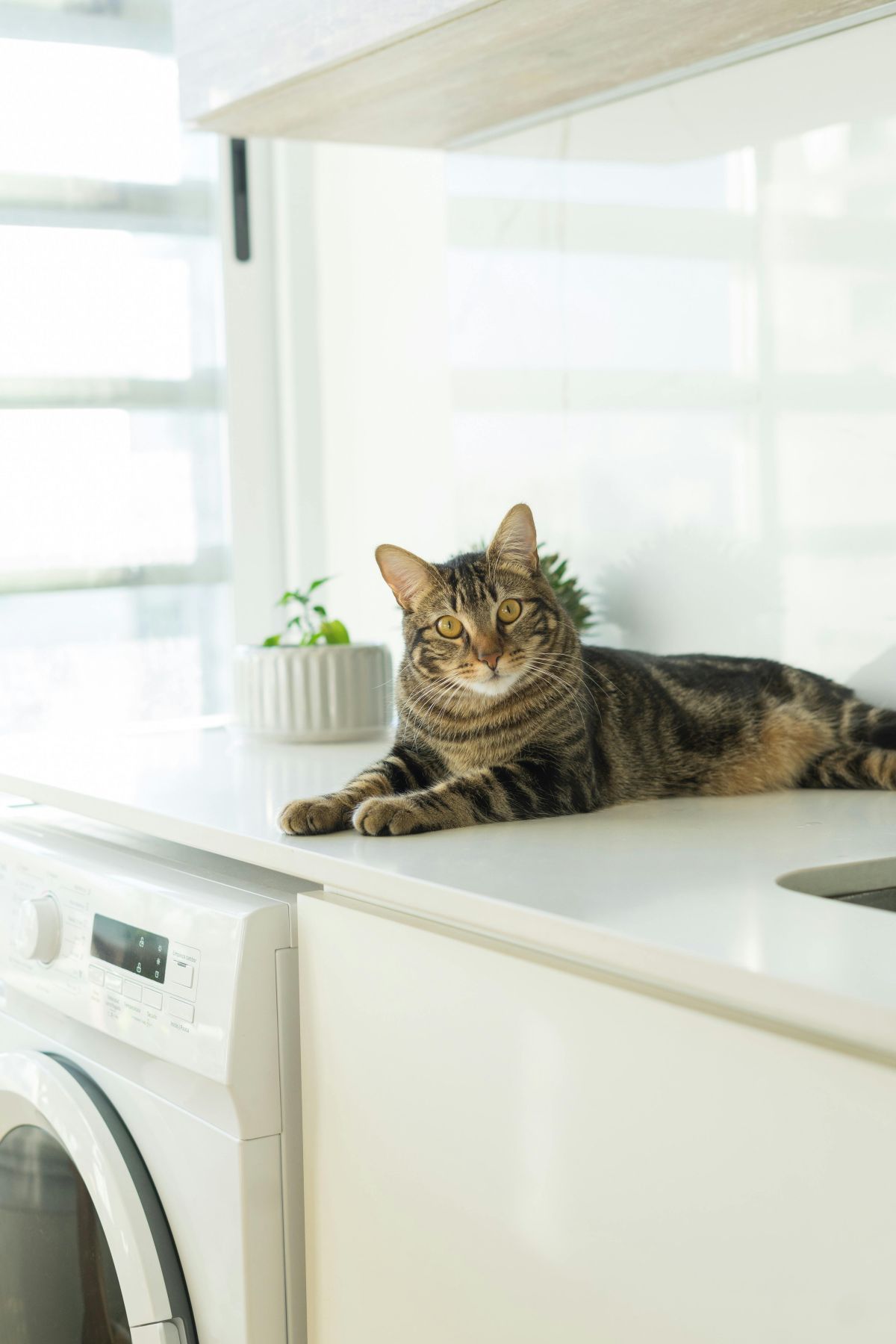
The most common plant-related call to the Pet Poison Helpline involves lilies, but Sago Palms and Oleanders follow closely behind, both carrying a high risk of severe illness or death for cats.
This highlights why identification is key. While many common houseplants cause only mild to moderate irritation, a few popular choices are genuinely deadly. Using a plant identification app like PictureThis can be a good first step, but always cross-reference its findings with the ASPCA’s official toxic plant list before bringing a new green friend home.
Go Vertical: A cat’s curiosity knows few bounds, but their climbing skills have limits. Instead of placing pots on floors or low tables, think upwards. Stylish macrame hangers or high, sturdy wall shelves (like IKEA’s LACK series) can keep tempting-but-toxic plants like Pothos or Philodendron safely out of reach.
Create a ‘Yes’ Zone: Redirect their chewing instinct. Designate a low, accessible pot as their personal garden, filled with irresistible and completely safe greens like cat grass (wheatgrass), oat grass, or even a bit of catnip. This gives them a safe outlet for their natural behavior.










